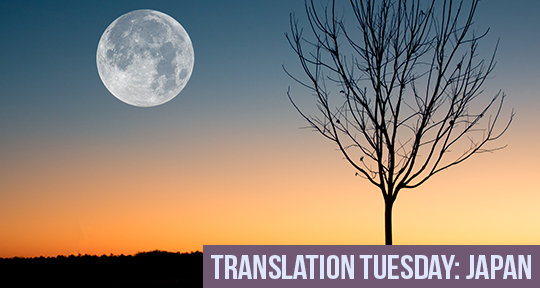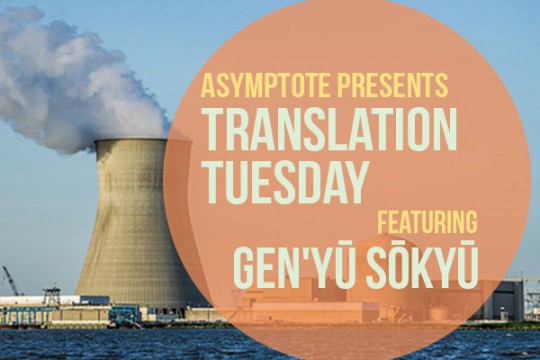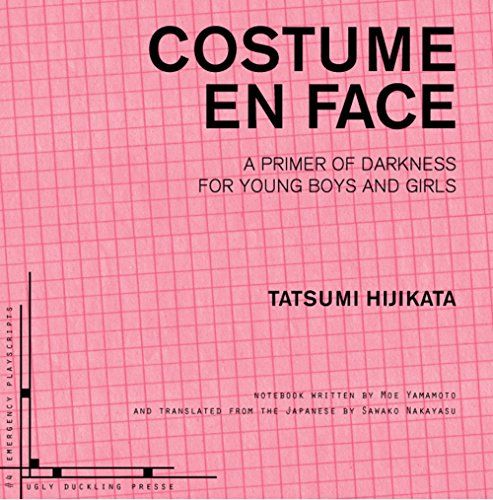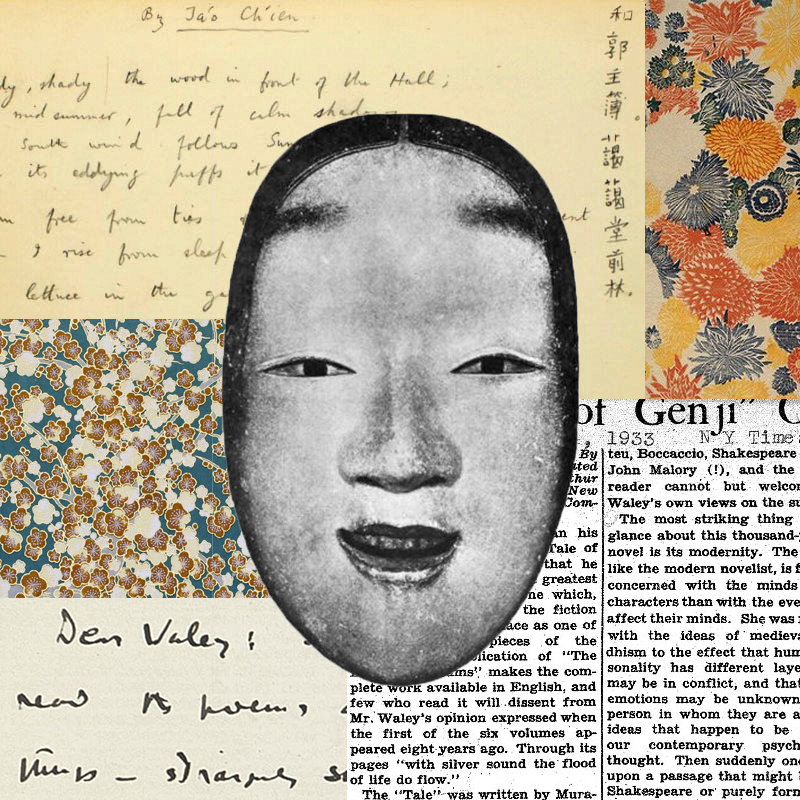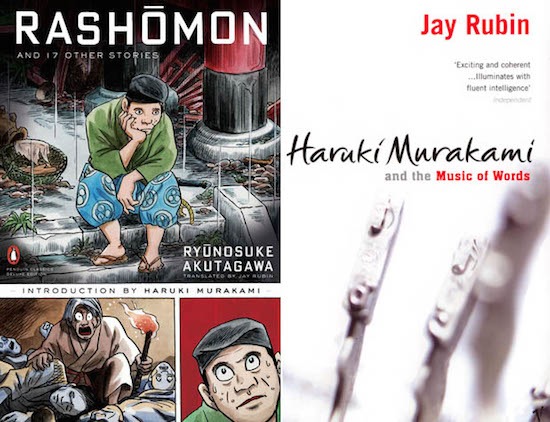This week’s Translation Tuesday presents a coming-of-age science fiction drama from an emerging voice in Japanese literature. Translator and Asymptote contributor Toshiya Kamei introduces this week’s feature: “Set in the near future, Satomi Hara’s ‘Eternal Children’ depicts the subtle, subdued interaction between two adolescents on the eve of their graduation. Trapped within the confines of the dormitory, the ungendered narrator quietly examines their own existence while gazing at their classmate, who dances outside in a carefree manner. Each word, each glance, and each motion become replete with significance. The dormitory setting and somewhat unreliable narration carry echoes of other works in the genre such as Kazuo Ishiguro’s Never Let Me Go. The world created merely with 4,000 Japanese characters lingers in the reader’s mind long after this brief tale concludes.”
One hour after lights-out, I still tossed in bed. Usually, I’d drift into sleep as soon as I pulled my comforter over my head. Something stirred outside the window, and I strained my ears. It wasn’t B7. They snored and gritted their teeth. It wasn’t D25 either. D25 was a sound sleeper and almost always slept through till morning.
Out of habit, I hesitated to peek outside. If somebody found out I was still awake, I’d get into serious trouble. But I decided to peek outside anyway. By this time tomorrow, I would no longer be a student here. Nobody could punish me then. Nothing mattered anymore. I pulled the thick beige curtain open slightly.
It was you, A1. You danced around the pond in the middle of the yard.
You moved your long, sinewy limbs while gliding through the darkness with carefree abandon.
Your graceful movements exuded childlike innocence, and yet, at the same time, reminded me of a fragile work of art.
I held my breath and watched you dance the night away.

